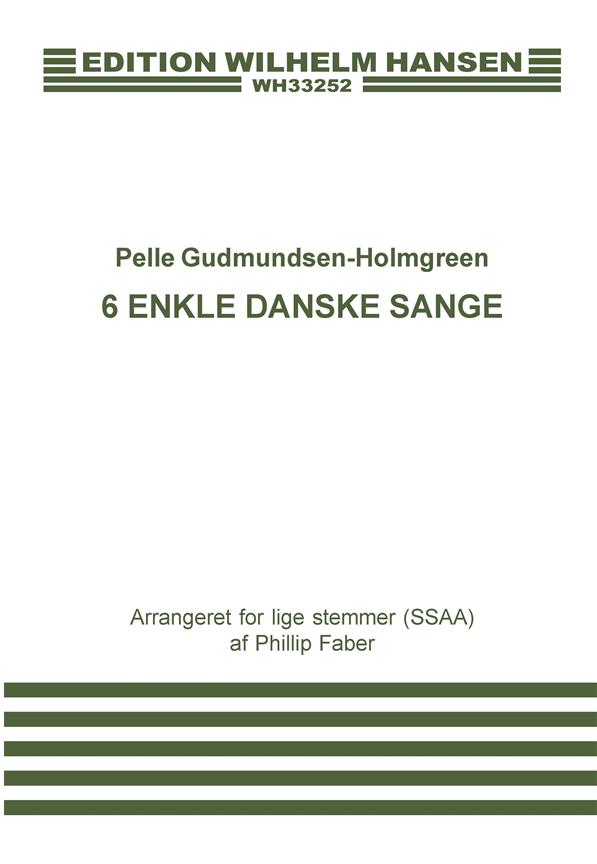Asbjørn Schaathun: Actions Interpolations And Analyses (Score)
ACTIONS, INTERPOLATIONS AND ANALYSES, symphonies for bass-clarinet and large ensemble (1987-90), is what is commonly termed a work in progress. So far Schaathun has completed three of five parts. The is the composer's first large-scale attempt to investigate possible connections between ostensibly unrelated material. Explained in simple terms, it involves taking two of Schaathun's "own" type of texture (composed by means of different techniques) and letting them "rotate" around a familiar musical object (in this case a short excerpt from Stravinskij's Symphonies of Wind instruments in which he employs the famous "frozen" chords). In the course of the piece the elements takes over various characteristics from one another and the form progresses from fairly clear-cut textures to a situation where the various textures are superimposed, creating a dramatic flow. On a more advanced level, the piece is about trying to mediate between different musical textures as metaphors for the different levels of the sound itself. One of the main questions in this context is; What is size in music? Is it possible to take a small chord(i.e. narrow register, few instruments, simple tone colours) and then blow it up (wide register, many instruments, advanced mixtures) in such a way that the listener still perceives it as the same chord? You have simply moved closer to the sound. At any rate, when Schaathun composed the piece, he himself travellig into the sound, as if were viewing a texture from a distance. He then recomposed the same situation and drew closer, and then recompose it a third time and simply get close enough to discover the world of sounds that thus emerged. A world of sounds capable of travelling at a tremendous speed... However, like all concertos, the piece is of course about the individual and his relationship to his surroundings (society). Schaathun has often pondered on the reason for this preoccupation wih solo concertos. The answer derives from his firm conviction that nothing would ever happen if it weren't for the initiative, the Action, of the individual.

















































